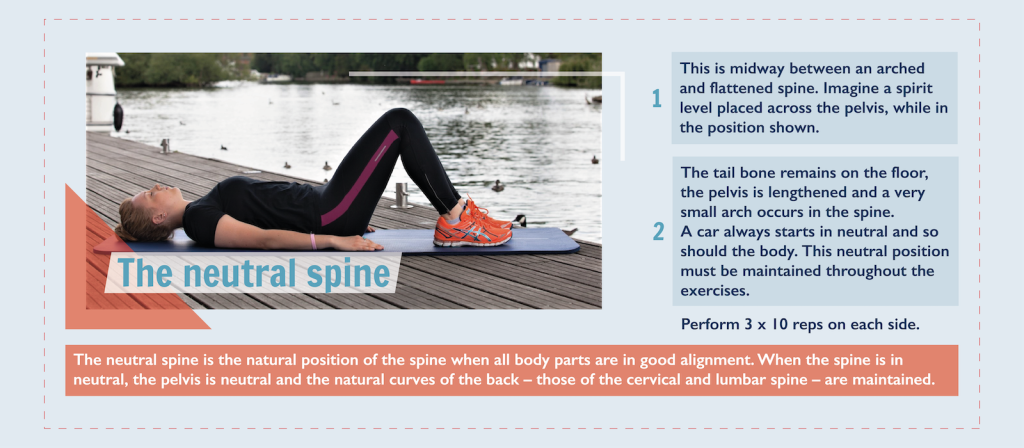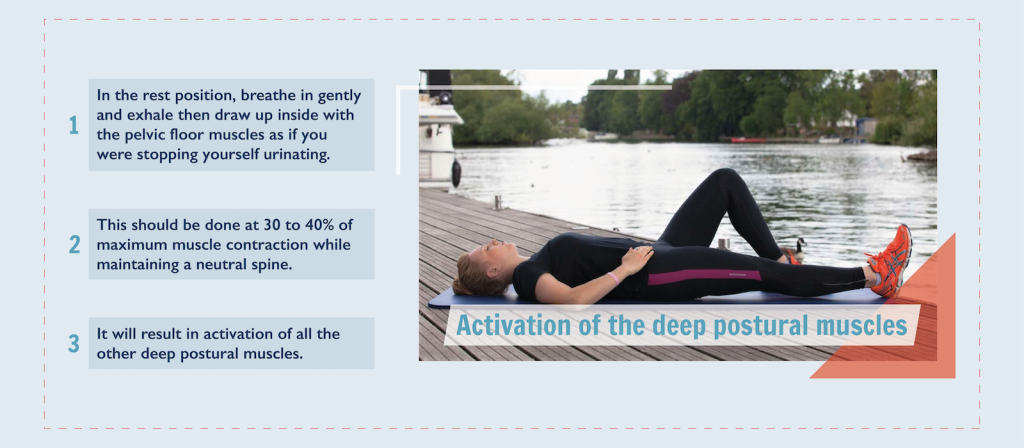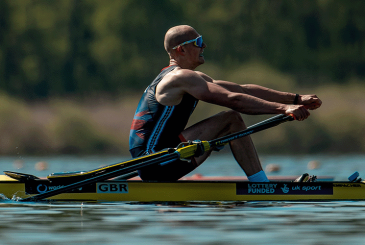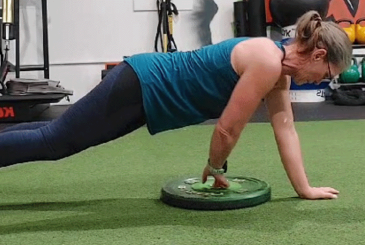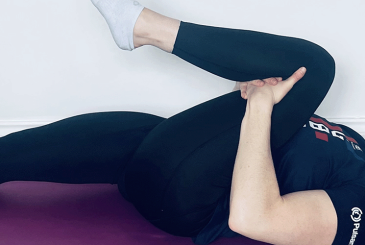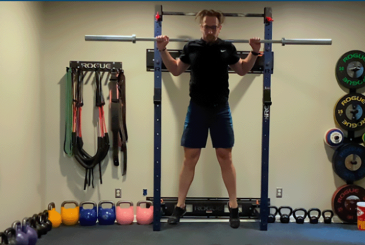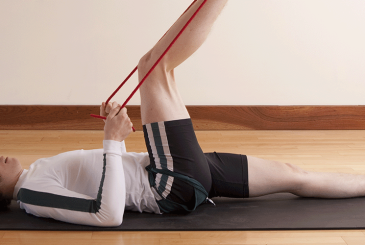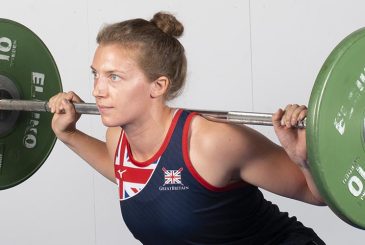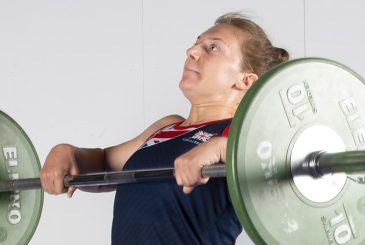Did you know that Pilates can make you a stronger rower? Chartered physiotherapist and clinical Pilates instructor, Wendy Davies focuses on how it can help rowers’ core strength
Pilates aims to strengthen the body in an even way, with particular emphasis on core strength, and can be highly beneficial for rowers. Added core strength and better posture could help you refine your stroke, which may even make your boat go faster!
Why do Pilates?
The repetitive forward and backward (and rotational) movement of rowing and sculling puts a lot of pressure on the lumbar spine (lower back).
Sooner or later, it will highlight any muscle imbalances or postural problems you may have so it’s important to correct these. Pelvic stability is important too.
If you don’t have the strength to keep your pelvis stable, you can end up shifting in the seat, which forces your spine out of alignment, potentially causing joint and disc problems. It’s important to control your pelvis in a neutral position while still performing the stroke correctly.
Pilates helps you develop a strong core, plus good flexibility, so will help you maximise the rock-over and add length to your stroke, as well as making you more robust. A stable spine means you will use less energy correcting your posture – leaving more for producing power and moving the boat.
When to do Pilates
It’s preferable to do the sessions at the end of land training as you are engaging the muscles under fatigue, which is appropriate to the endurance nature of the sport. Daily practice is ideal so that engagement of the postural muscles quickly becomes hardwired into the brain and automatic.
What do we mean by core strength?
Lots of people equate this with strong abdominals, but there are many more muscles involved: local stabilising muscles, such as the deep abdominals and obliques, the muscles between the vertebrae, and the pelvic floor work together with the longissimus, which extends down the spine. Also involved are the upper abdominals and the gluteals. All these muscles need to fire in combination to create a really stable core.
Ideally, you need to be able to adopt a ‘neutral spine’, sitting up on the sitting bones in your bottom, rather than letting your spine slump into a ‘C’ curve at the finish of the stroke.
A strong core is also important during land training and weights, especially for juniors who are still developing. You need a strong, stable centre and body awareness before loading up on resistance.
Exercise introduction
The first step is to achieve a neutral spine position and learn to engage the deep postural muscles, before progressing to basic Pilates exercises. Once you’ve got to grips with this, you can then move on to exercises more directly focused on rowing.
The exercises should be done at 30 to 40% of maximum muscle contraction, avoiding bracing and bulging of the tummy, flaring of the ribs, arching of the back, or tilting of the pelvis.
Though expensive, a pressure biofeedback cuff placed under the lower spine is a great way to tell if you are maintaining the correct position. Any deviation of the dial on the cuff will mean you have lost your neutral spine.
Introductory exercises
